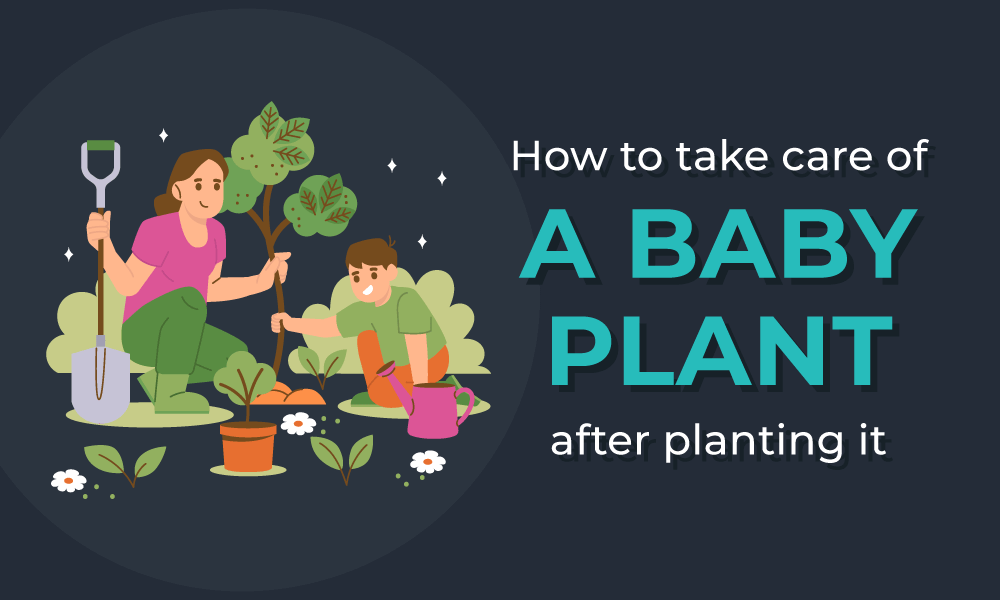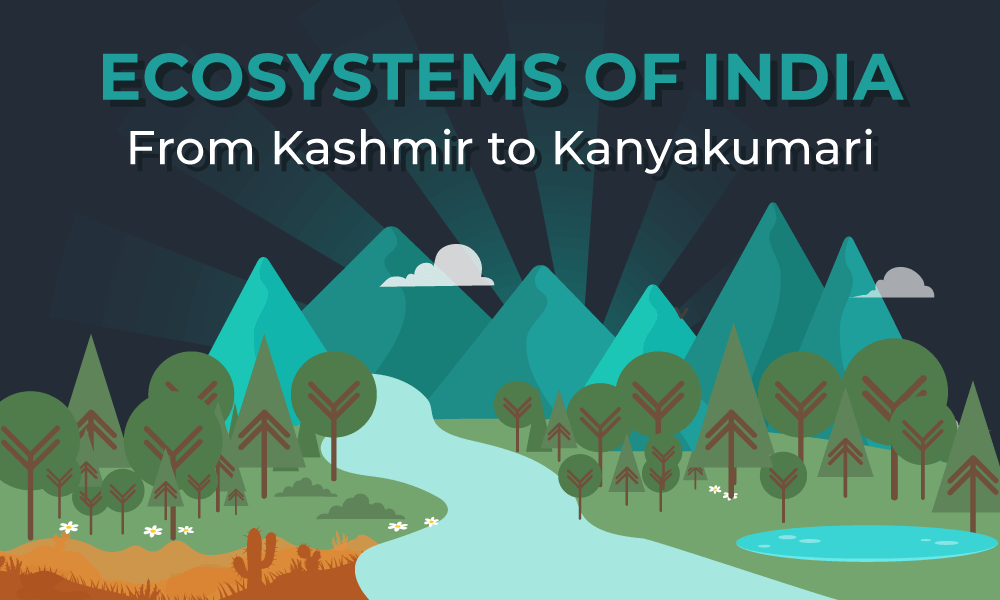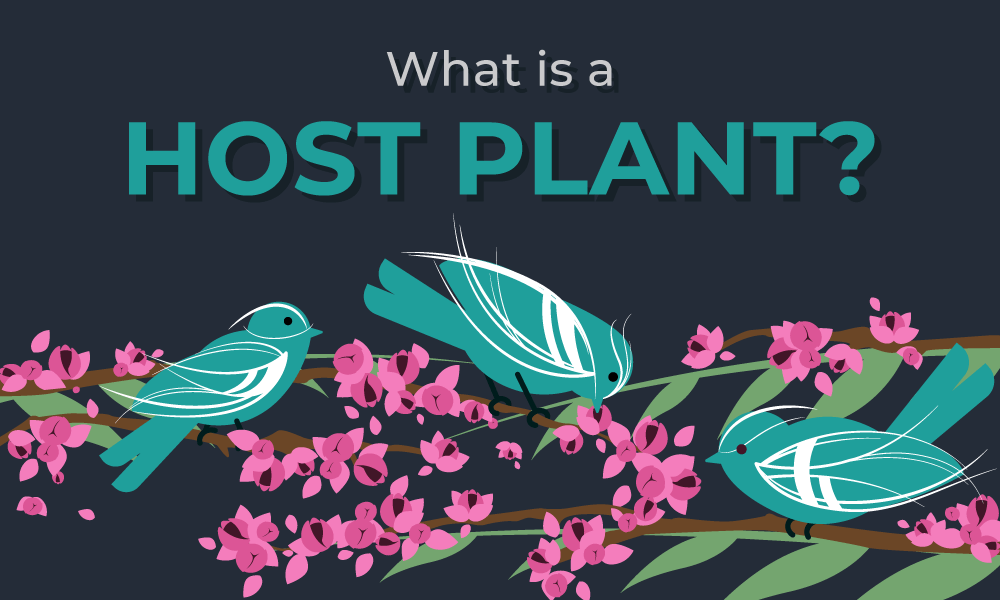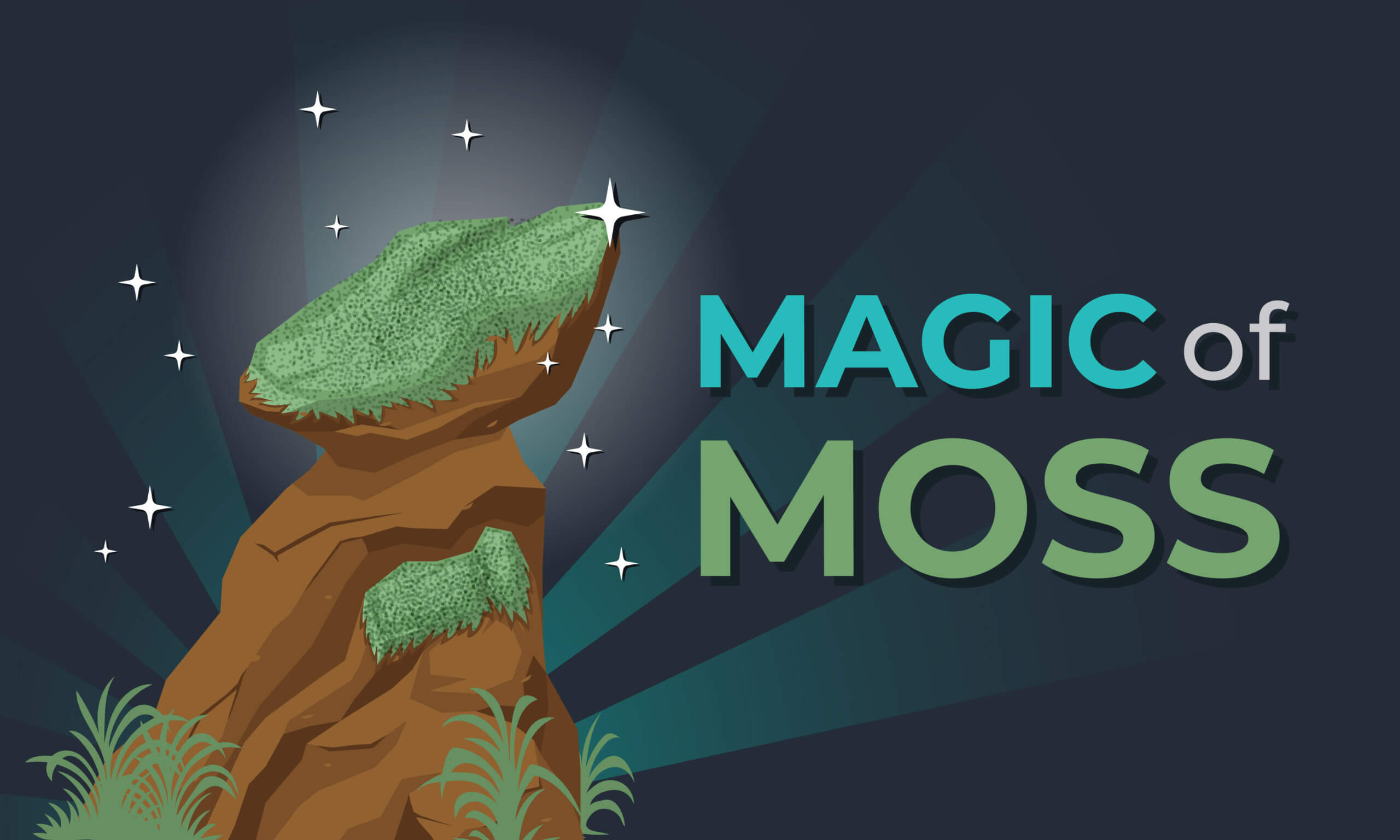Have you ever noticed a tree and a question came into your mind, What a tree is made of?
Well, it should not be that difficult. It is made of wood and green leaves. That’s very simple! And this is right but if we go deep down then we will know that a tree or any plant is made of more than 20 different types of elements some of which are common like hydrogen and carbon. Hydrogen comes from water and carbon gets from the air we breathe. But a tree also contains some very rare elements like zinc, boron, nickel and many more.
In a plant, tree or any bit of grass, more than 95% is made of just three elements hydrogen, carbon and oxygen, hydrogen and oxygen they get from water and carbon they get from carbon dioxide, which is found in the air. There are around 17 elements which are essential for plants and our health. Nine of these are macronutrients — required by plants in large amounts, and the other eight are micronutrients — required in very small amounts. Macronutrients are generally found in plants in high amounts, more than 99% of a plants are made of macronutrients. Micronutrients are found in plants in very small amounts, less than 1% of a plants are made of micronutrients.

Macronutrients of a tree
Carbon (C), Hydrogen (H), Oxygen (O), Nitrogen (N), Phosphorous (P), Potassium (K), Calcium (Ca), Sulfur (S), and Magnesium (Mg).
Of the nine macronutrients, carbon, hydrogen and oxygen are obtained mainly from carbon dioxide (CO2) and water (H2O), while the others are absorbed from the soil as mineral nutrition. Nitrogen (N), phosphorus (P) and Potassium (K) are the most significant macronutrients.
Nitrogen (N)
78% of the air we breathe is nitrogen, in the nature there are many trees which can suck that nitrogen out from the air and take it deep into the soil which we call nitrogen fixation and when these trees fix this nitrogen then those plants who do not have the capacity to do that can also take benefit of those nitrogen fixer plants. These nitrogen fixer plants have nodes in their roots and those roots there is a special kind of bacteria called Rhizobium azotobacter, these bacteria take that nitrogen and store it in the ground. Moss also helps in nitrogen fixation, moss takes in nitrogen from the air and stores in it’s leaves and when it rains all the stored nitrogen drips down from the moss to the ground and then into the other plants.
Phosphorus (P)
Phosphorus is a building block for making roots and branches of trees and plants. Phosphorus is commonly found in rocks which are full of these elements, and with time these rocks get eroded by rain and get mixed up in the river from rivers fish and other aquatic animals do get this phosphorus in their body and then these birds sit on the tree and poop there that’s how from the far off mountains to your garden, those lil birds bring phosphorus to the plants.
Potassium (K)
Potassium is required for the growth of the plants and if there is a lack of potassium then photosynthesis will not be completed. Potassium is found in organic matter such as leaves, bark and kitchen waste. There are so many insects and living organisms in the soil which can turn this organic matter into potamism to reuse for trees and small plants.
If you notice the potassium symbol is (K) instead of (P) or (Po) but why?
The chemical symbol for potassium is (K) because it comes from the Latin word kalium, which is the Medieval Latin name for potash. So they are using the first letter of Latin words instead of English.
Micronutrients of a tree
Iron (Fe), Copper (Cu), Zinc (Zn), Manganese (Mn), Nickel (Ni), Boron (B), Molybdenum (Mo), Cobalt (Co) and Chlorine (Cl). These micronutrients to things like doing photosynthesis, transporting water, protecting it from insects and many more. But in the modern world, we usually see these elements everywhere like in our phones, windows, and electric fans.
But where do these elements come from? These elements are found deep underground or in the rocks that we can find in the soil around us.
Trees have a root system which usually can go as deep as 10-20 feet deep, The deepest tree roots ever recorded are of a wild fig tree in Echo Caves, near Ohrigstad, South Africa, which reach 400 feet (122 meters) below the earth’s surface.
The roots of grass can be as long as kilometres of long. A plant of the grass known as rye (Secale cereale ), which has an extensive fibrous root system, was shown to have a total root length of 623 kilometres. These roots can bring any micronutrient from the depth of the earth to the surface.
Trees store these precious micronutrients in the leaves and when these leaves fall on the ground then, with time the leaves turn into highly rich humus which all the small plants like potatoes and carrots can absorb from the ground and from there the potatoes and carrots get the iron and by eating those carrots we get the iron in our blood without which we will never be able to survive.
This is why Mother Nature is so efficient nothing goes to waste and everyone gets everything they need.
Read more : Let’s Make Soil From Scratch
If you have some suggestion on which we should write or you have any query and something else you can contact us. Please do share this blog with your family, friends, and others so they can all learn about What is a tree made of?




































































